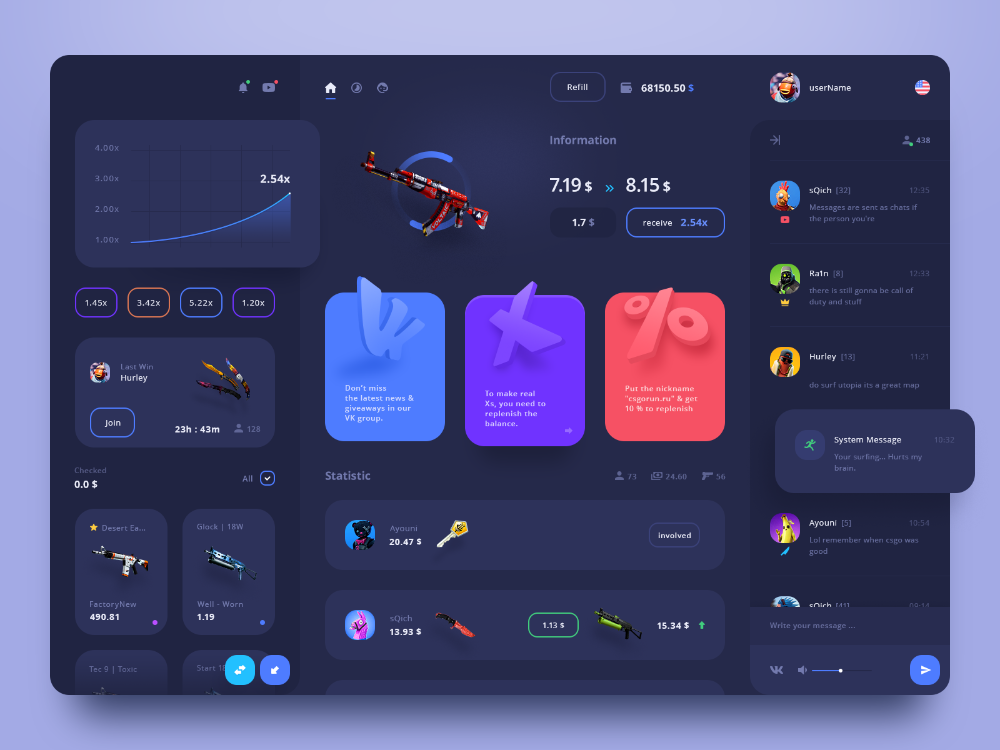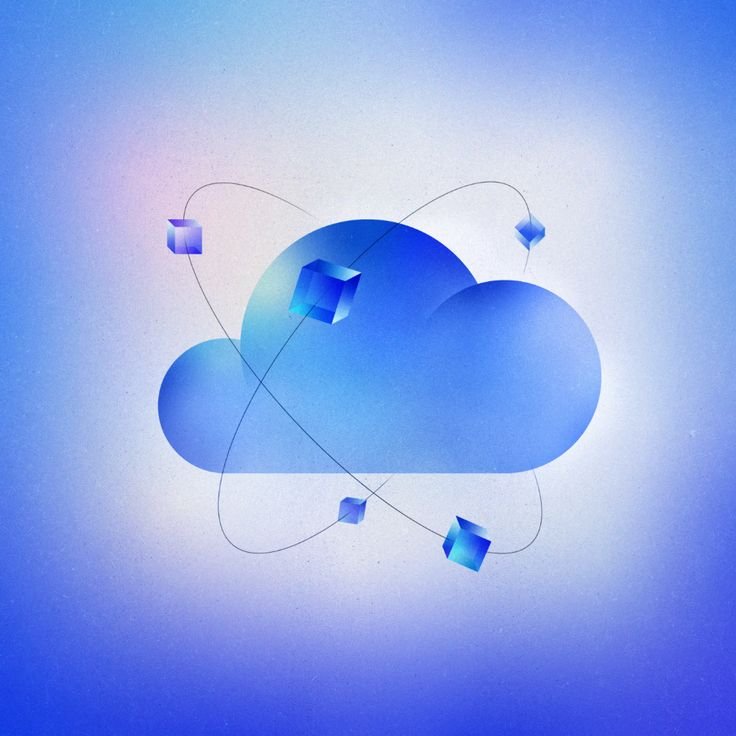The Internet of Things (IoT) has revolutionized the way we interact with technology, seamlessly integrating the physical and digital worlds. IoT solutions connect various devices, enabling them to collect, exchange, and analyze data. These solutions are transforming industries, enhancing efficiency, and creating new opportunities. Let’s explore the key features that define effective IoT solutions.
1. Connectivity
Diverse Communication Protocols
IoT solutions rely on a variety of communication protocols to connect devices. These include Wi-Fi, Bluetooth, Zigbee, LoRaWAN, and cellular networks (4G/5G). The choice of protocol depends on factors like range, power consumption, and data transfer rates.
Interoperability
For IoT systems to function seamlessly, devices from different manufacturers must be able to communicate with each other. Interoperability ensures that various components can work together, facilitating a cohesive ecosystem.
2. Data Collection and Management
Real-Time Data Acquisition
IoT devices continuously collect data from their environment. This real-time data acquisition is crucial for applications like smart cities, industrial automation, and healthcare monitoring, where timely information is essential.
Data Storage and Processing
Managing the vast amounts of data generated by IoT devices requires robust storage solutions and efficient processing capabilities. Cloud computing plays a significant role in storing and processing IoT data, offering scalability and flexibility.
3. Security
Data Encryption
Security is a top priority for IoT solutions. Data encryption ensures that the information transmitted between devices and servers is protected from unauthorized access and tampering.
Authentication and Authorization
Implementing strong authentication and authorization mechanisms ensures that only authorized users and devices can access the IoT network. This helps prevent malicious activities and secures sensitive data.
4. Scalability
Handling Device Growth
An effective IoT solution should be scalable, capable of handling the addition of new devices without compromising performance. This involves designing the system architecture to accommodate growth and ensure efficient data management.
Flexible Infrastructure
Scalable IoT solutions often leverage cloud-based infrastructure, which can dynamically adjust resources based on demand. This flexibility allows for cost-effective scaling and efficient resource utilization.
5. Analytics and Insights
Data Analytics
The true value of IoT lies in the ability to analyze collected data and derive actionable insights. Advanced analytics techniques, including machine learning and artificial intelligence, are used to process and interpret IoT data.
Predictive Maintenance
In industrial IoT, predictive maintenance is a key feature. By analyzing data from sensors, IoT solutions can predict equipment failures before they occur, reducing downtime and maintenance costs.
6. Automation and Control
Remote Monitoring and Control
IoT solutions enable remote monitoring and control of connected devices. This feature is vital in applications like smart homes, where users can control lighting, heating, and security systems from their smartphones.
Autonomous Operation
Many IoT systems are designed to operate autonomously, making real-time decisions based on sensor data. For example, smart irrigation systems can autonomously adjust water usage based on soil moisture levels.
7. Integration with Other Technologies
Edge Computing
Edge computing involves processing data closer to where it is generated, reducing latency and bandwidth usage. Integrating edge computing with IoT solutions enhances real-time data processing and responsiveness.
Blockchain
Blockchain technology can enhance IoT security and transparency by providing a decentralized and immutable ledger for recording transactions. This is particularly useful in supply chain management and other applications requiring trust and traceability.
8. User-Friendly Interfaces
Intuitive Dashboards
Effective IoT solutions provide user-friendly interfaces and dashboards for monitoring and managing devices. These interfaces should present data clearly and allow users to interact with the system effortlessly.
Mobile and Web Access
Accessibility is key to user satisfaction. IoT solutions should offer mobile and web access, enabling users to monitor and control devices from anywhere, at any time.
Conclusion
The key features of IoT solutions encompass connectivity, data management, security, scalability, analytics, automation, integration, and user-friendly interfaces. By incorporating these elements, IoT solutions can deliver significant benefits across various industries, driving innovation and improving efficiency. As IoT technology continues to evolve, these features will play a crucial role in shaping the future of connected devices and smart systems.





